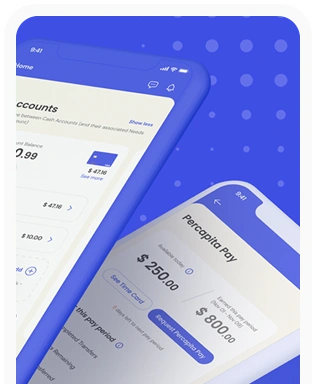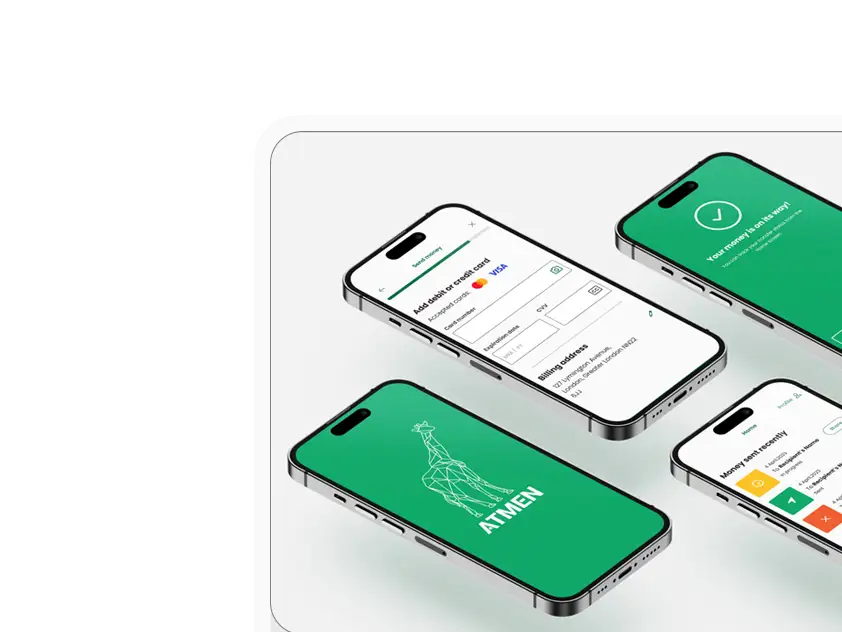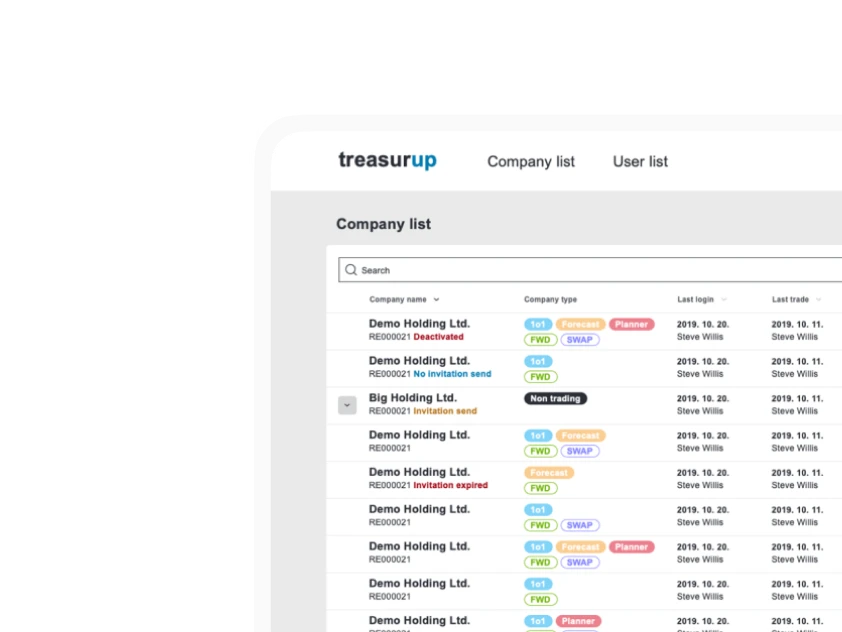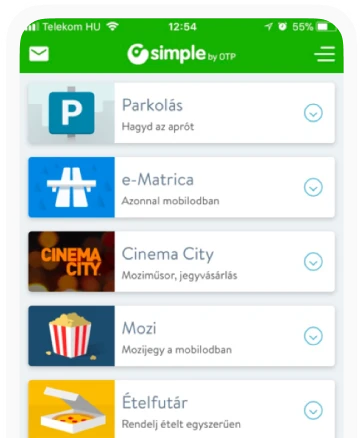Sketching ideas without restrictions: what is Design Studio?
Design Studio is one of the best and easiest methods of Design Thinking, and essentially consists of participants making various drawings of the interface that they consider adequate and relevant. This allows them to think and find common ground without any restrictions, which is not necessarily a given in mainstream developments. It is aimed at addressing the lack of information characteristic of the initial phase of projects.
With this method, you can draw lines, squares and write text with the client and even typical users. In a nutshell, it is that simple. Having that said, if a participant does not want to draw, he can also opt to simply write down his ideas. The uncontested advantage of this method is that it fosters the creation of many wonderful ideas in a short amount of time.

If we start out from one of the most widespread definitions, Design Studio is drawing-based brainstorming without any restrictions (business interests, resources) in the context of a few hours workshop session where project participants (developers, project managers, sales, support…) can give insights from their own perspective on a chosen, generally critical, point of the interface in the design process. The objective is not to design the full and final interface, but to collect ideas and develop teamwork (common when using design thinking). Often project participants don’t know exactly what they want and how this will take shape. Such a session can help define the common direction and foster understanding which may impact the design process, the lifespan of the entire project and its outcomes.

What are the steps involved?
- Define the critical points of the current project that need to be developed
- Set up a team of 4 to 6 individuals
- Sketch the ideas of the group, first individually (do not copy your neighbour), then in pairs, then with the whole group. Many teams can work in parallel and then conciliate their test results during the subsequent phase.
- You can also add a 100 dollars test which consists of distinguishing various functional elements and getting every member of the group to price them individually to create a function/priority list weighted by the entire group.
There is a wealth of literature offering interesting ideas to add to the workshop.
For more information and ideas, see:









